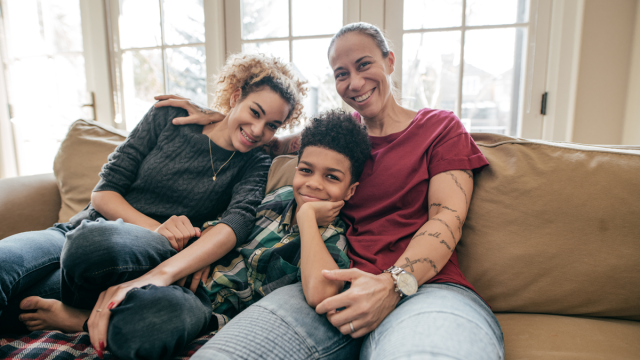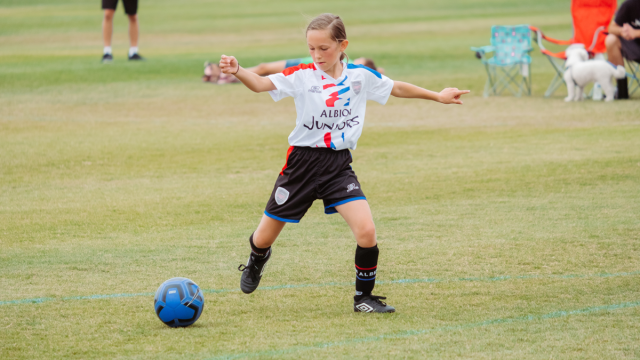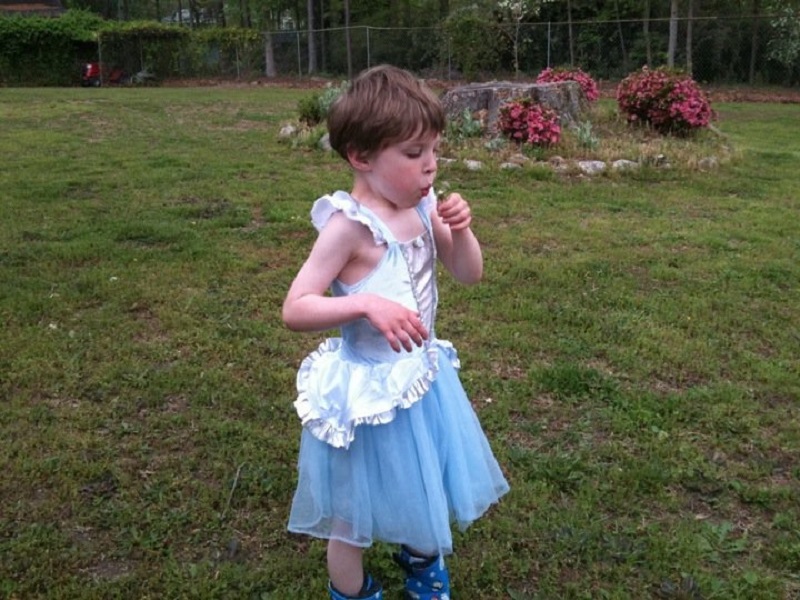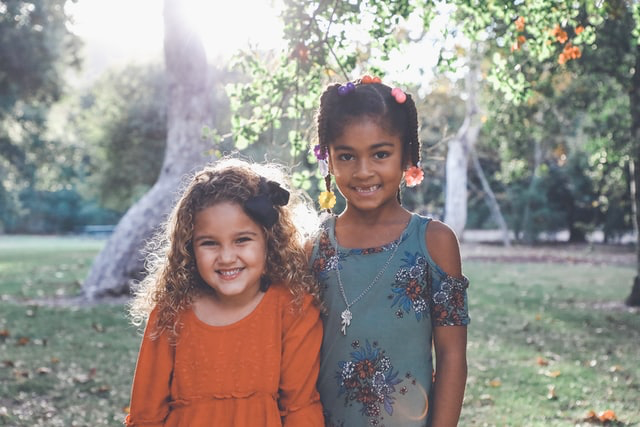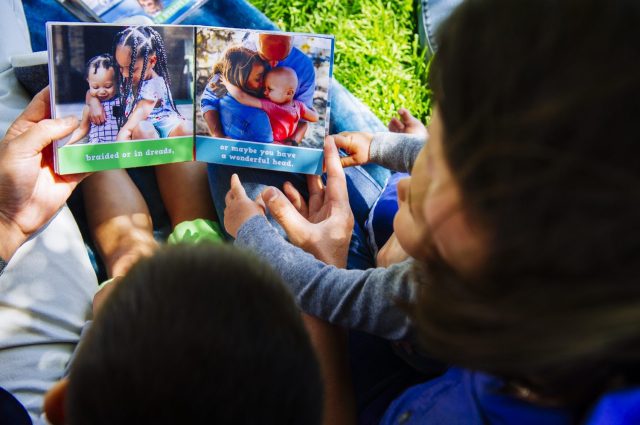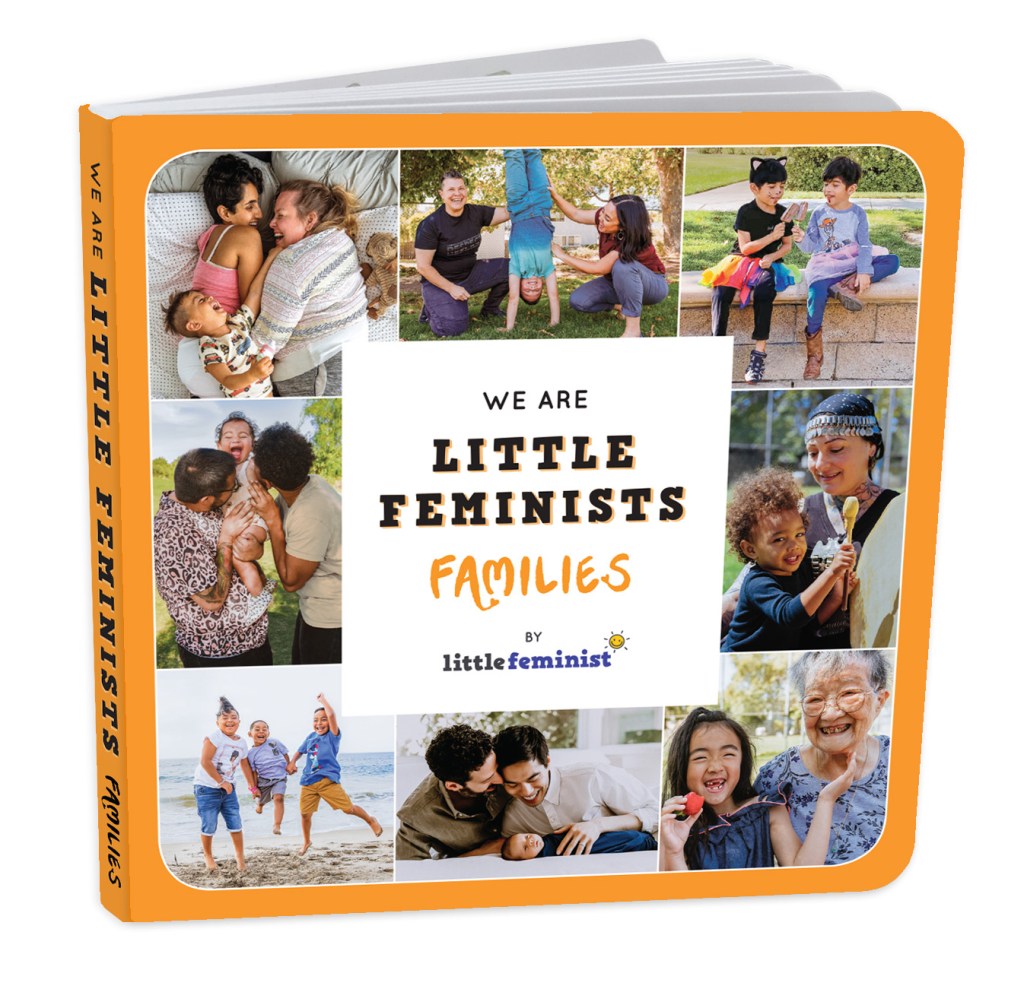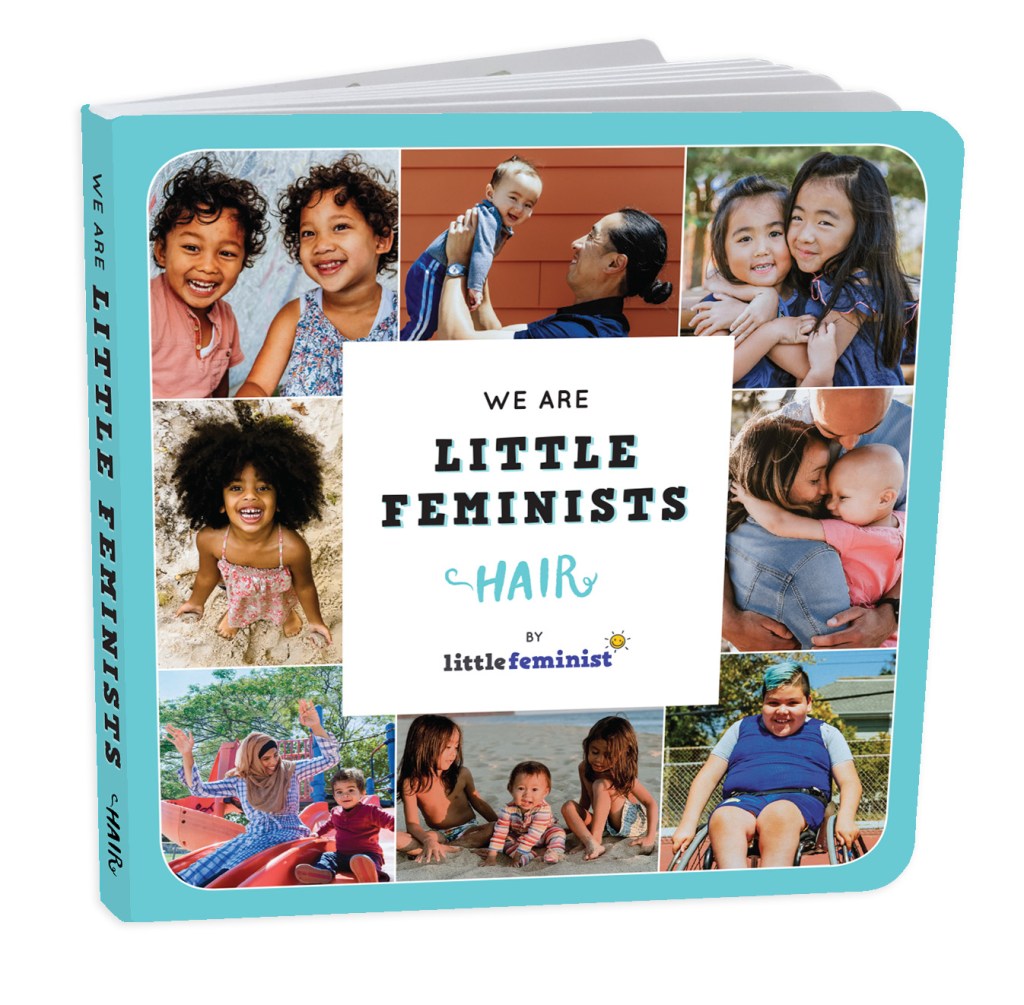While they won’t help with the inevitable eye roll, these tips can help you connect and build mutual trust
If you’ve got kids approaching the tween years, you’re probably a little nervous (ok, let’s be honest—totally freaked out) about what’s going to happen when that inevitable sprout of independence blooms. Will you still know what’s going on at school, after school, or with friends? And, most importantly: How will you stay connected and close? The answer? Mutual trust. We asked experts to tell us some of the best ways to build trust with kids before they become teenagers.
Here’s what they said about building trust with tweens
1. Talk to them!
According to Mindy McKnight, author of VIRAL PARENTING: A Guide to Setting Boundaries, Building Trust, and Raising Responsible Kids in an Online World, the most important thing parents can do to build trust with their kids is to talk to them. Like, REALLY talk. The mom of six says, “Do your best to have open and honest conversations as often as you can. Yes, talk about the easy stuff like friends, school, interests, and memories, but don’t be afraid to delve into the more difficult stuff as well. Like bullying, sexuality, puberty, and hormones. Parents should be the first (and most reliable) source of information when it comes to establishing the foundation for their newly-forming ideals and opinions.”
Of course, finding time to talk can be tough. Try getting a few words in at bedtime or on car drives, when your kids are less likely to be distracted by screens, homework, or siblings.
2. Listen carefully to their perspectives—and validate what they are saying to you.
“When I was 12, we visited my uncle, who worked as a fertility endocrinologist in California. He was discussing abortion with another adult in the room, and I vividly remember him turning to me and asking what my opinion was on the subject. At age 12, I’m not sure I even really knew enough to have an opinion, but I remember exactly how I felt when he believed I might have something important to say. I felt so important. Ask your tweens their thoughts on important subjects, and you might just be surprised by what they have to say. Conversations like these also help them to become more informed and to share their opinions in a mature and respectful way,” says McKnight.
3. Be specific when setting boundaries—and stick to them.
Consistency and reliability are important building blocks of trust. If you’re going to set rules, make sure you’re specific, and stick to the rules and the consequences you’ve laid out if they aren’t followed. “We love contracts in our family. They help us ensure we have discussed all the different rules, potential outcomes, and subsequent consequences in teen-sensitive areas like the usage of smartphones, laptops, social media, cars, etc. Be careful not to establish consequences that you won’t actually enforce. Your war will be lost before you even begin,” McKnight says.
4. Take interest in your tween’s interests.
“If you notice that they have a specific interest in something, like video games or fashion, be sure to make that an interest for you too,” Mcknight says. “Learn about it, and talk about it. Even if the activity isn’t something you particularly love. Taking part in it will help open up many opportunities to spend quality time with your child, and communication with them will become much easier. Try it, and you’ll be surprised at how well this works.”
Related: 5 Phrases to Avoid Saying to Your Tween

5. Answer their questions without judgment.
When a child or tween asks you questions about something—whether it’s something they saw on TV or something they heard in school—answer them without judgment. According to New York psychologist Sanam Hafeez, “Most parents just go into panic mode asking where they heard what they heard and then judging and getting negative. When kids feel as if they can communicate openly with parents without it turning into drama—or worse, accusations and arguing—they’ll be more trusting of their parents and will value their guidance and advice.”
6. Honor their personal space.
By age 8 or 9, privacy starts to become important to kids. Consequently, that’s when parents need to start respecting their personal space—for instance, always knocking on their door (or the bathroom door) instead of just barging in. “Respect and trust are intertwined. When a tween is concerned that their parents might move their things in their room, or think nothing about coming into the bathroom while they are showering, or randomly redecorate something in their room without first checking with them, it can fracture the trust,” Hafeez says.
Note: If you have a house policy where all doors must be open a few inches, Hafeez said you can stick to that rule but still knock and peek in before swinging the door open.
7. Lead by example.
If your eyes are constantly on your phone, and then you scold your kids for being glued to their iPads, they won’t be as willing to take you at your word. Be ready to “walk the walk” when you set rules for the family. Hafeez says, “Declaring you are going to revamp the way the family eats and then actually involve the tween in meal-planning… that could be a fun way to show that you stick to what you say you are going to do. This inspires trust and respect.”
8. Show your tween that you respect them.
Trust hinges on respect—and this respect should be mutual. So show your tweens that you respect them—even when they misbehave or disappoint you. When your child sneaks his iPad (again) on a school night, for instance, sit him down and admit that you’re disappointed. Ask him why he finds it hard to follow a particular rule and listen to his feelings about it. Whatever you do, don’t make rash statements like, “Why can’t you ever follow the rules?” or “We just can’t trust you.” Those statements just make kids feel like their parents don’t respect (or believe in) them. Parenting expert and former high school teacher Kara Carerro noted on her blog, “When a child grows up respected, they are more apt to confide in and trust their parents.”
9. Show your kids unconditional love.
Sure, you know that you love your kids unconditionally—but do they know? In this article, outreach specialist Tyler Jacobson says it’s important to show your kids that your love never diminishes or disappears. “The fact that you love them and want to rebuild your trust could go a long way to setting the tone for healing. Even when kids are little, it can be hard to forgive quickly, offer support for every little thing, and accept them for who they are NOW. But these are all ways to show unconditional love,” he says.
Related: 11 Things Tweens Think They’re Ready to Do, But Aren’t
